Deliver the right product faster with less risk
A great idea is not enough—products succeed when stakeholders understand them, users connect with them, and engineering teams can build them with confidence. Traditional development models often skip rapid visualization, leading to design rework, feature misalignment, and high development costs.
USMICRO accelerates product success through structured digital prototyping—creating interactive experiences that help teams test usability, validate stakeholder expectations, refine journeys, and de-risk engineering assumptions early. Whether low-fidelity sketches or high-fidelity simulations, our prototypes are decision enablers that improve clarity, alignment, and execution precision.
We build interactive digital prototypes that validate experience flow, user engagement, and business feasibility before full-scale development.

Why Choose Us
Concept-to-prototype acceleration
Rapid transformation of product ideas into clickable workflows.
Alignment across business, UX, and engineering
Ensures cross-team clarity before development.
Reduced cost of change
Identifies usability and flow issues before implementation.
Data-backed validation
Early user feedback helps shape better experience delivery.
MVP funding and stakeholder buy-in
Prototypes enable visual communication for decision-making.
Faster go-to-market planning
Drives confident milestone planning and roadmap finalization.
Our Digital Prototyping Capabilities
Digital prototyping transforms abstract ideas into tangible, testable experiences before development begins.
From rapid wireframes to motion-driven simulations and MVP-ready prototypes, we enable stakeholder alignment, usability validation, and technical feasibility early in the lifecycle. Reduce risk, accelerate clarity, and build products with greater confidence.

Structural Flow Sketching
Sketch-based structural layouts for foundational flow exploration
Rapid ideation using grayscale wireframes and screen zoning
Collaborative iteration with product stakeholders
Outcome: Faster concept validation with minimal design effort

Visual UI Prototyping
Interactive screen designs using brand-aligned UI elements
Visual simulations with component-level precision
Final-look prototype ready for design validation
Outcome: Stakeholder alignment and UI direction clarity

Interactive Flow Simulation
Simulation of task-based navigation and feature journeys
Clickable prototypes for real-world scenario walkthroughs
Test-driven refinement of flow logic and interaction patterns
Outcome: Early usability insights before full UX build

Motion Experience Prototyping
Animation mapping for transitions, loading states, micro-interactions
Prototype-based experience flow demonstration
Transition logic aligned with UX psychology
Outcome: More intuitive experience through motion-led guidance

MVP Concept Validation
Concept-based simulation for investor/stakeholder approval
Scenario-based storytelling for product vision clarity
Demonstration of business value and product feasibility
Outcome: Faster stakeholder buy-in and MVP funding confidence

Usability Feedback Refinement
Task success measurement using prototype simulations
Observation-driven design refinements
Real-user insights applied before design/development
Outcome: 35% fewer UX reworks during development

Technical Feasibility Sync
Prototype-to-system feasibility alignment with technical teams
Component reusability and implementation pathway mapping
Early complexity assessment for architecture alignment
Outcome: Reduced engineering risks and smoother handoff cycles

Iterative Prototype Evolution
Ongoing refinement as product features expand
Use in sprint reviews and roadmap planning
Iterative updates aligned with user, stakeholder, and business needs
Outcome: Prototypes evolve in sync with product lifecycle

Development Handoff Readiness
Developer-ready prototypes with annotated specifications
Component mapping to design systems/frameworks
Handoff documentation for seamless UX-to-engineering execution
Outcome: Faster build cycles with reduced design interpretation gaps

- 40–50% reduction in redesign costs
- Faster decision-making through clickable concepts
- Higher stakeholder alignment and early approval confidence
- Smoother UX/UI transition into engineering
- Lower risk of product misalignment and development waste
- Understand Product Concept & Goals – Clarify vision, market opportunity, and user needs.
- Define Flow & Interaction Logic – Map journeys with scenarios and use cases.
- Create Prototypes (Low to High Fidelity) – Visualize experience progressively.
- Validate with Stakeholders & Users – Collect feedback on usability and clarity.
- Refine & Finalize for Build – Update flows, interactions, and UI precision.
- Handoff for Design & Engineering – Transition into UI design or full development.

- Banking & Capital Markets, Insurance
- Healthcare & Life Sciences
- Manufacturing & OT
- Energy & Utilities
- High-Tech
- Retail, Logistics & SCM
- Automotive, Aerospace & Defence
Technology Ecosystem
Figma | Adobe XD | InVision | Axure RP | Sketch | ProtoPie | Marvel | UXPin | Principle | Framer | Balsamiq | Miro | FigJam
Success Stories
Other Resources
Design Before You Develop.
We turn concepts into testable prototypes that reduce uncertainty.







